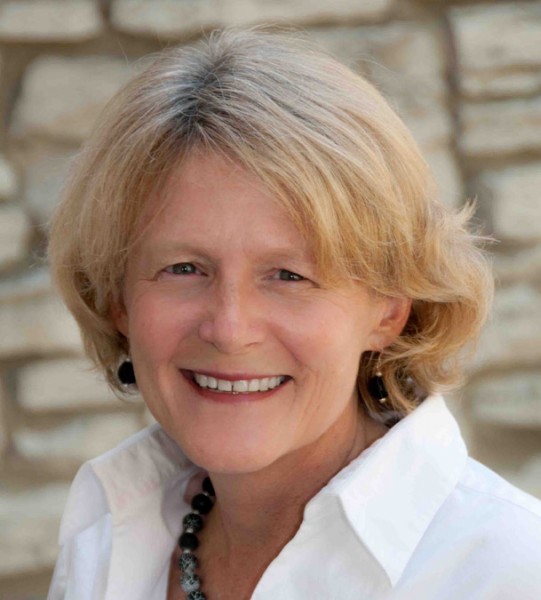‘Indiana At 200’ — Riley Loved For Homespun Poetry
 By ANDREA NEAL
By ANDREA NEAL
Today his poems are written off as the sentimental musings of a time gone by. During his life, James Whitcomb Riley ranked with Longfellow and Twain as a best-selling author, and his works were required reading in virtually every school.
Many historians consider Riley our most famous Hoosier, not only for the national acclaim he received but for the public image he created for Indiana.
“More than any other citizen of Indiana, James Whitcomb Riley has carried the fame of his native state into the schools and homes of the world,” declared Gov. Samuel Ralston in 1915.
Poetry magazine, the oldest monthly journal devoted to verse in the English-speaking world, said after Riley’s death in 1916: “He made the world love his Indiana – his cheerful, whimsical, unassuming, shrewd and sentimental neighbors.”
Riley was born on Oct. 7, 1849, in Greenfield, the third of six children of Reuben and Elizabeth Riley. His father was a lawyer and Civil War soldier. His mother was a housewife and part-time poet who enjoyed helping the neighbor children put on skits for their friends.
 Riley, a school dropout at 16, didn’t set out to be a poet, but he had inherited his mother’s genes. His father wanted him to be a lawyer. Riley wanted to be an actor. “The nearest thing in that line I could do was to give public readings.”
Riley, a school dropout at 16, didn’t set out to be a poet, but he had inherited his mother’s genes. His father wanted him to be a lawyer. Riley wanted to be an actor. “The nearest thing in that line I could do was to give public readings.”
These were a popular form of entertainment in the 19th century, combining lectures, poetry and musical interludes, and they were a perfect venue for Riley to recite his home-spun stories and verse. At first, crowds were small so Riley held odd jobs to make ends meet.
In 1875, Riley received his first check for a published poem and left Greenfield for a circuit rider’s life, writing and reciting poems in any city that invited him. In the 1880s, he was booked for performances almost daily and shared the stage with the likes of Mark Twain and Edgar Wilson “Bill” Nye.

James Whitcomb Riley spent his boyhood years at this house, built by his father in 1850. The home is open to the public April through October (closed Sundays and major holidays) and by appointment.
Riley was best known for the dialect that characterized his most popular poems, including “Little Orphant Annie” and “The Raggedy Man.” More than half of Riley’s poetry was written in down-home country speech, which endeared him to ordinary folks who considered some poems too highbrow.
Literary scholar Paul H. Gray noted, “There was a time in American literature when sales of poetry volumes easily matched those of the novels and nonfiction works constituting today’s bestseller lists; a time when farm families after a full day of work would hitch up their teams and drive 20 miles over dirt roads at night to hear a favorite poet perform his or her work; a time when newspaper staffs regularly included poets. The heyday of this remarkable social phenomenon lasted almost 60 years from 1870 to 1930.” It was the era of Riley.
By the time of his death, Riley had written more than 1,000 poems, which can be found in The Complete Poetical Works of James Whitcomb Riley by Indiana University Press.
Poetry lovers can visit several sites connected to Riley that explore his legacy. The City of Greenfield owns and operates Riley’s childhood home and museum on Main Street. A life-size Riley sculpture stands on the lawn of the Hancock County Courthouse a few blocks away.

A docent shows off the rafter room mentioned in Riley’s “Little Orphant Annie,” a poem that warns children, “The Gobble-uns ‘ll git you ef you don’t watch out!”
In Indianapolis, the James Whitcomb Riley Museum preserves the Lockerbie Street home of Mr. and Mrs. Charles L. Holstein, with whom Riley lived from 1893 until his death. A column-style memorial marks Riley’s grave at Crown Hill Cemetery, one of the highest spots in the county, offering an impressive view of the city where Riley spent the last years of his life.
Directions: The Riley childhood home and museum are located at 250 West Main Street, Greenfield, 46140.
EDITORS NOTE: This is a series of essays leading up to the celebration of the Indiana Bicentennial In December 2016. The essays focus on the top 100 events, ideas and historical figures of Indiana, in chronological order, tying each to a place or current event in Indiana that continues to tell the story of the state.
Andrea Neal is a teacher at St. Richard’s Episcopal School in Indianapolis and adjunct scholar with the Indiana Policy Review Foundation. She has written extensively about taxes, good governance, higher education, civic education and K-12 reform. Contact her at [email protected].
Indiana Policy Review Foundation is a non-profit education foundation focused on state and municipal issues.
